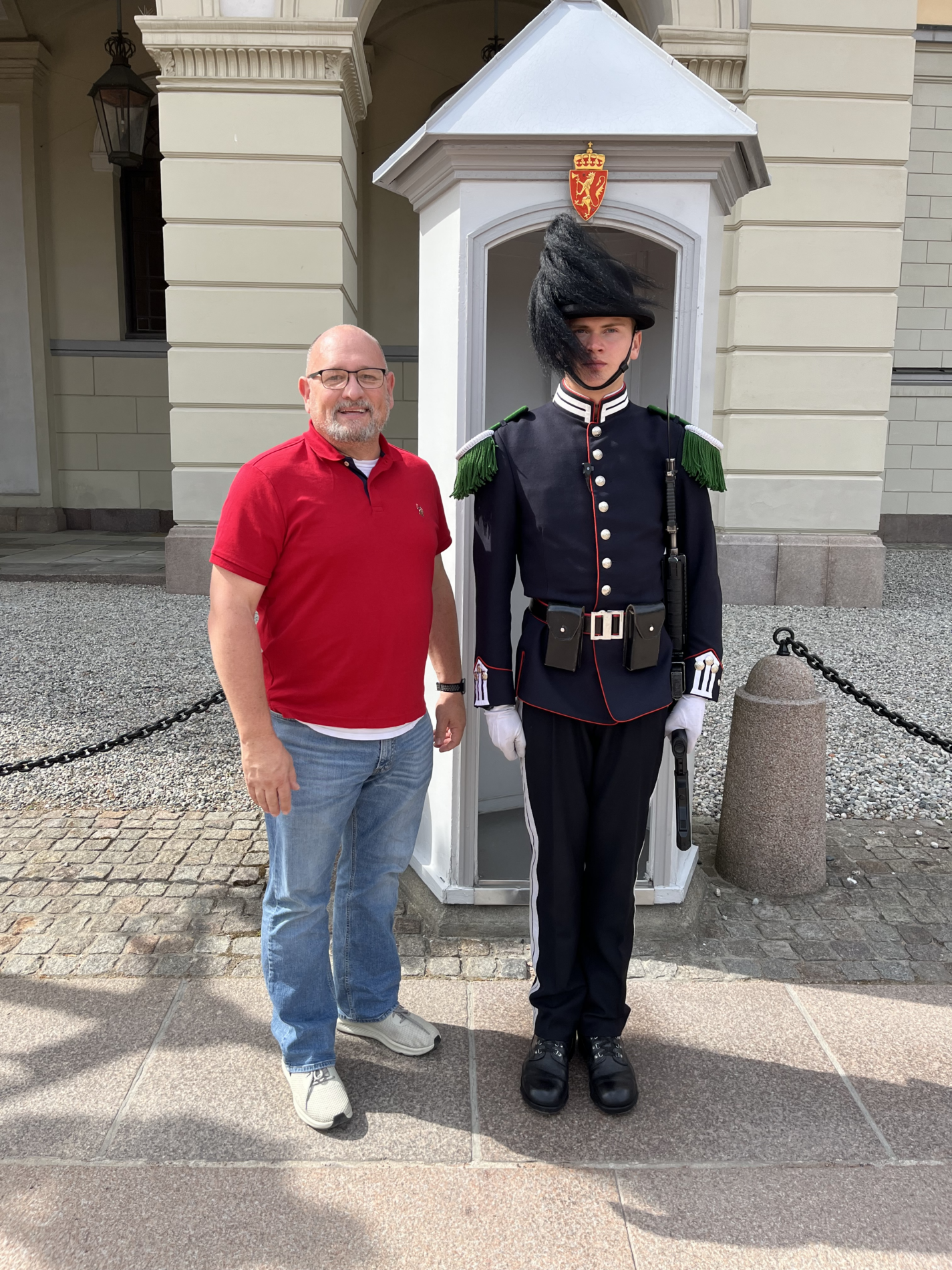Sponsored by: Arthur Rizer and Jessi Rizer

Comparison may be the thief of joy, but as a former corrections employee and parole officer, I was blown away by a recent International Prison Cohort Tour through Germany and Norway, sponsored by the ARrow Center for Justice. The contrast between the correctional philosophies of these two nations and the United States, the world’s largest incarcerator with 25% of the world’s prisoners, changed my perspective of what might be possible.
Before I share this experience with you, know that I’m a conservative, family man from Louisiana with more than 15 years in law enforcement. I’ve worked for the Louisiana Department of Public Safety and Corrections in Louisiana’s second largest prison, Elyan Hunt Correctional Center. I am the current Director of the Correctional Leadership initiative for Right On Crime, the national criminal justice campaign of the Texas Public Policy Foundation, as well as State Director of Louisiana and Mississippi. I’ve organized and participated in numerous state prison tours, visited some of the most notorious U.S. prisons, Eastern State Penitentiary (Philadelphia), Louisiana State Penitentiary (Angola) and Mississippi State Penitentiary (Parchman).

What I saw, learned, and experienced in Norway and Germany couldn’t be further from our U.S. philosophy of “lock ‘em up and throw away the key.” Despite knowing that 95% of everyone incarcerated is eventually released into our communities, more than 70% of America’s formerly incarcerated reoffend and are reincarcerated. It’s a vicious cycle with our prisons busting at the seams.
Earlier this year, I toured four Norwegian and German prisons with recidivism rates under 40%.
We were also introduced to university-level corrections training that emphasizes an innovative guiding philosophy, “Principle of Normality.” This essentially centers the entire corrections industry on providing a real-world setting to reteach individuals how to live with others while learning skills to eventually reintegrate into society. Make no mistake, this philosophy holds prisoners accountable for their actions while at the same time combating the negative effects of prisoner isolation and bad habits.
Billwerder Prison
Our first visit took place at Billwerder Prison, one of six prisons in Hamburg, Germany, accommodating a total of 738 inmates, consisting of 638 men and 100 women, including 160 pre-trial detainees. The emphasis here is on treatment, education, and work outside of the prison.
Upon intake, every inmate is assigned a reentry plan which guides their journey towards successful rehabilitation and eventual reintegration into society. This prison features an apartment where incarcerated individuals can receive overnight visits from their families without direct supervision from correctional staff emphasizing the importance of family bonds.
The sights and smells of the prison bakery in Hamberg made us all hungry. Those inside the prison who work in the bakery are taught how to bake, and their goods are used at the prison and sold to businesses in the community. Working in the bakery requires the shift to begin at 4:00 a.m., just like any outside bakery job will require.
Fuhlsbuttel Prison
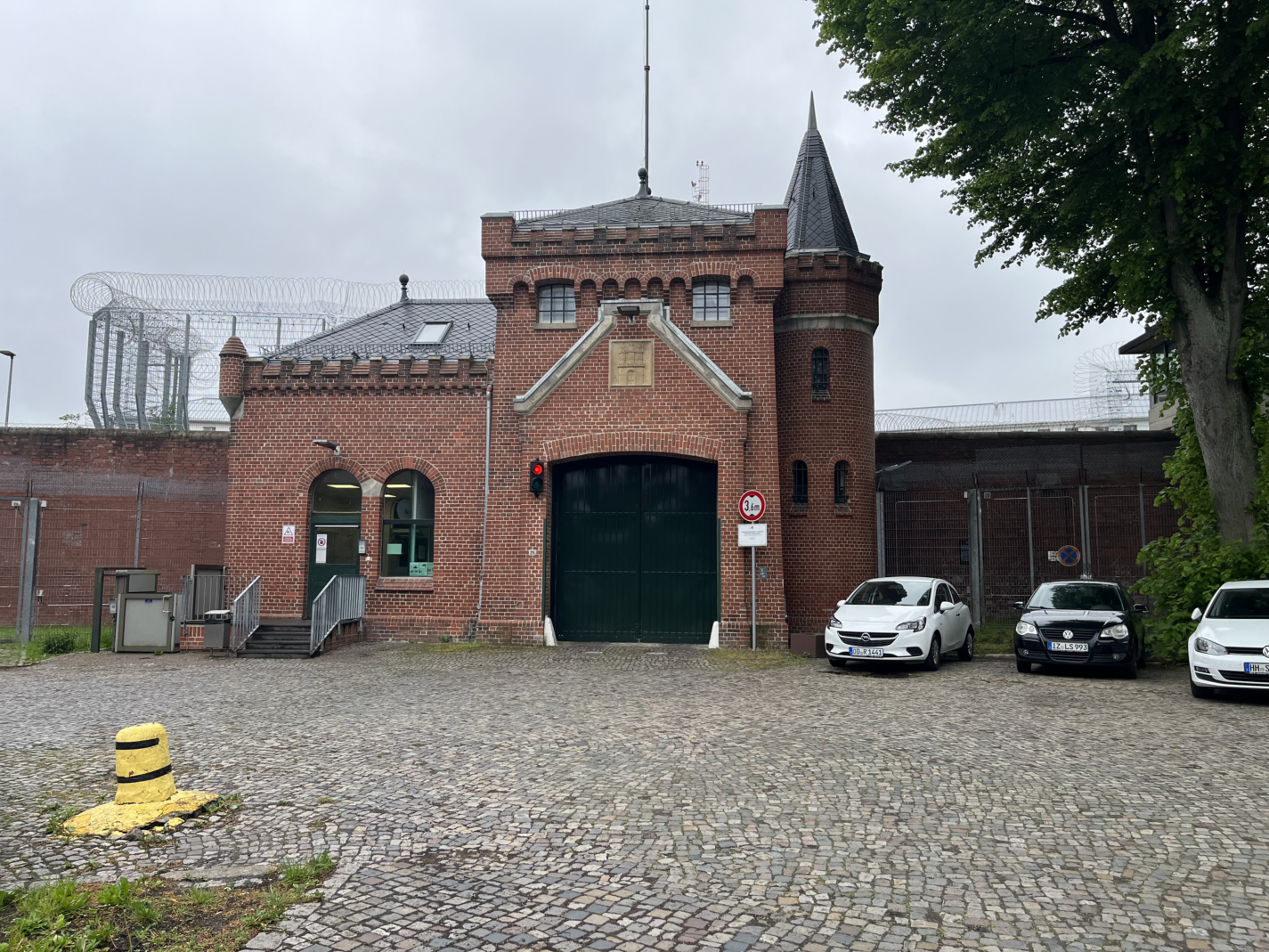
Fuhlsbuttel Prison in Hamburg, Germany, houses 380 inmates, as well as those in pre-trial detention. The average sentence length here is eight years. Four main wings house inmates, and the fifth wing is a chapel serving different religions with clergy members on staff. The chapel also serves as the visitation area, with visits offered every week and lasting up to six hours.
Inmates have their own key to their individual cell to lock their own cell door, and windows open in the rooms for fresh air. Each inmate wears “street clothes” and are free to roam designated areas of the facility. Opportunities to secure housing, employment, and other needs are available to inmates who leave the prison escorted by two correctional officers discreetly dressed in civilian clothing.
Solitary confinement cells are under the supervision of medical staff, and an inmate may be strapped to the mattress for disciplinary measures. Confinement durations are determined by both prison staff and medical personnel, with physical evaluations as well as mental health and social therapy considerations.
Oslo Prison
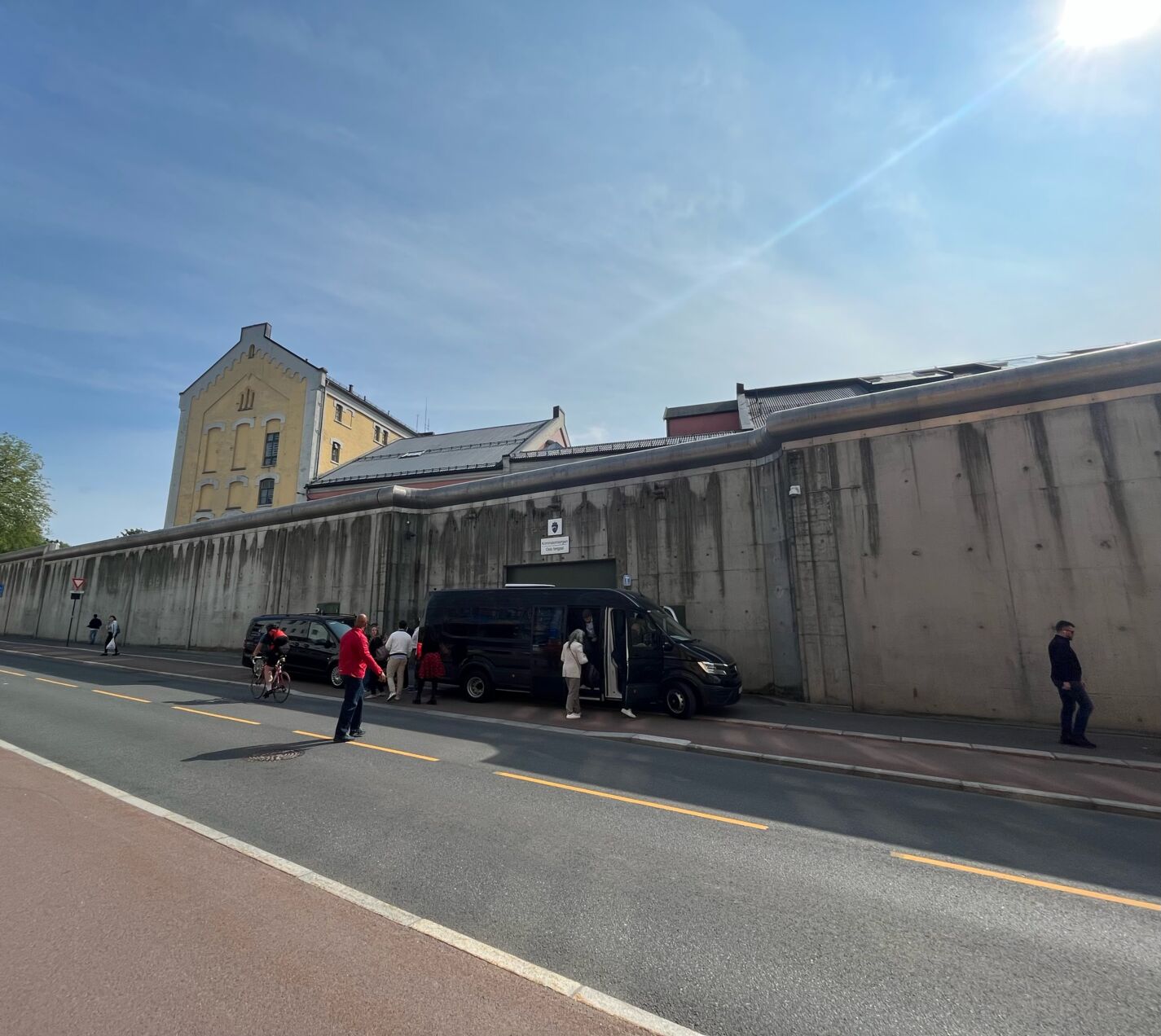
Built in the 1800’s , Oslo prison is one of the country’s largest prisons with a capacity of 350. Interestingly, Olso prison was originally inspired and constructed to model the Eastern State Penitentiary in Philadelphia. I recently visited Eastern State Penitentiary which now serves as a museum. The goal of both prisons was that of isolation and rigorous religious cleansing.
While the physical building remains, the philosophy of isolation has drastically changed, and the “Principle of Normality” is a reality.
During a tour, our group participated in a panel discussion with correctional officers and participants of the Pathfinder program, a specialized unit focusing on rehabilitation and substance abuse recovery.
A prison culinary class served us cake and refreshments, and interestingly, inmates have access to knives while in the kitchen, which are carefully counted by staff at the end of each day. Many inmates were out of their cells and had access to cook their own meals. Others can leave the prison on a day pass with an escort (not in uniform) to apply for housing, jobs, and necessary resources.
Ostfold Prison
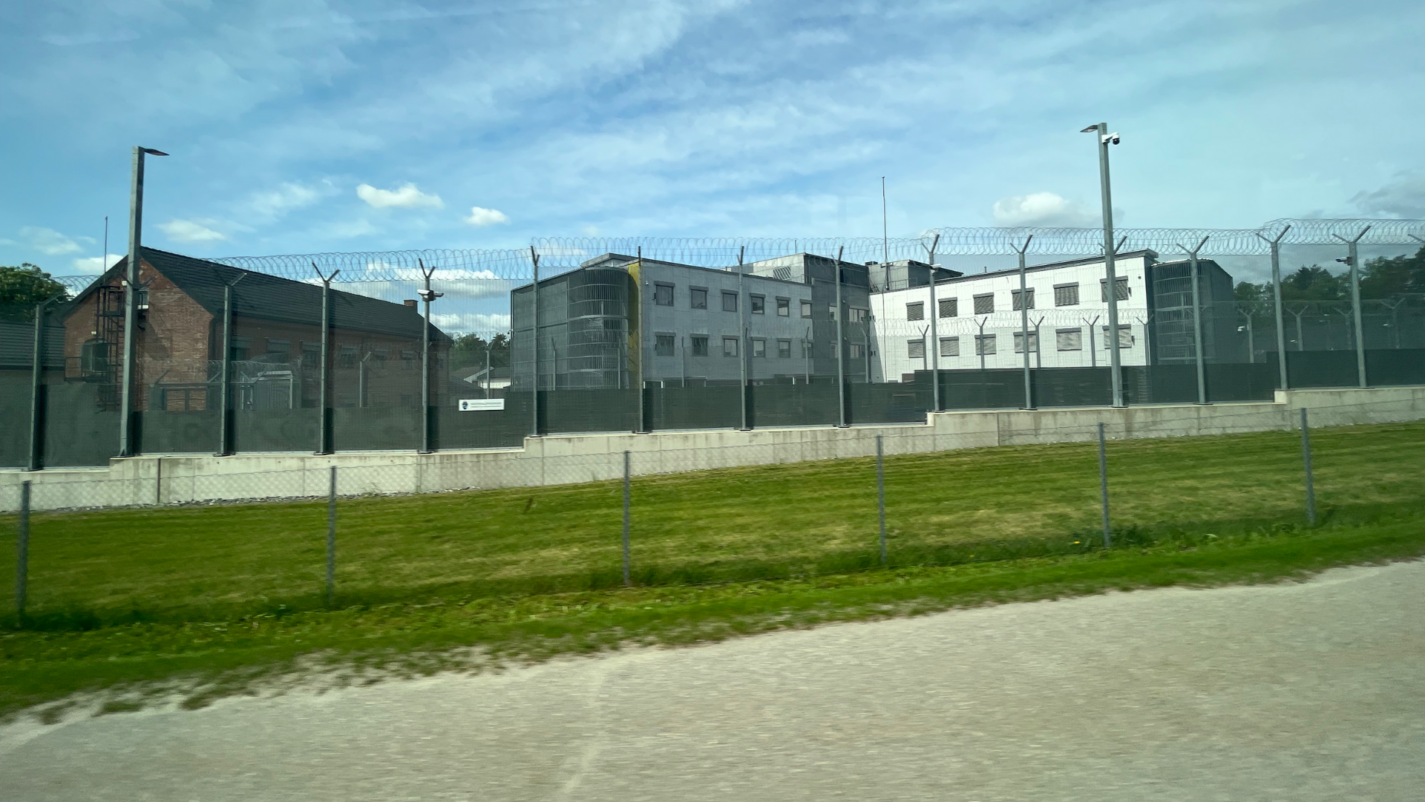
Norway’s second largest prison housing 192 inmates who are 18-25 years of age. Known as the Youth Team, there are five correctional officers for every 10 youth inmates. This facility was more modern and better adapted to the Principle of Normality.
Here, inmates are permitted to cook their own meals with access to knives inside the kitchen that are attached to the counters with a wire cord. There is a recreation area with traditional board games, a library, and a play station game system, while the commissary rivals most grocery stores. Before leaving, we shopped at the gift shop which sells crafts made by the inmates and is called “The Thief, The Thief.”
Ministry of Justice and Correctional Officer Training Department

Part of our cohort group visited Germany’s Ministry of Justice offices to learn more about Germany’s prison system and the training requirements for correctional officers.
The Academy for Prison Staff explained that extensive staff training includes a three-year probation period, salaries at the equivalent of approximately 33,000 U.S. dollars in annual net pay, and retirement eligibility at the age of 60.
Additionally, 30% of correctional staff are women. In comparison, Louisiana correctional officers receive less than two months of formal training, and at three weeks, a correctional officer in Louisiana has the required credentials to work inside a prison.
At the University College of Norwegian Correctional Studies, we learned correctional officers receive at least two years of university-level education with one year of practical experience inside a prison. The officers are directly involved in rehabilitation and planning for the inmates’ reentry after their sentence. Here, the “Principle of Normality” was described, “We want life inside to reflect life on the outside.” Life as part of a community continues, even behind walls and bars.
Red Cross Reentry Services
On average, inmates in both countries are released after serving two thirds of their sentence, and the “re-socialization” of inmates is the focus of incarceration through education and job skills training. The Norwegian Red Cross Re-Entry Center is a phenomenal example of the power of redemption and reintegration.
Director, and fellow cohort member Stian Estenstad, gave us a presentation before giving the cohort a guided tour of the facility. Norway’s largest voluntary humanitarian organization, The Red Cross operates agencies in almost every community with its mission grounded in local needs, resources, and competencies. It’s reentry efforts focus on “networking.”
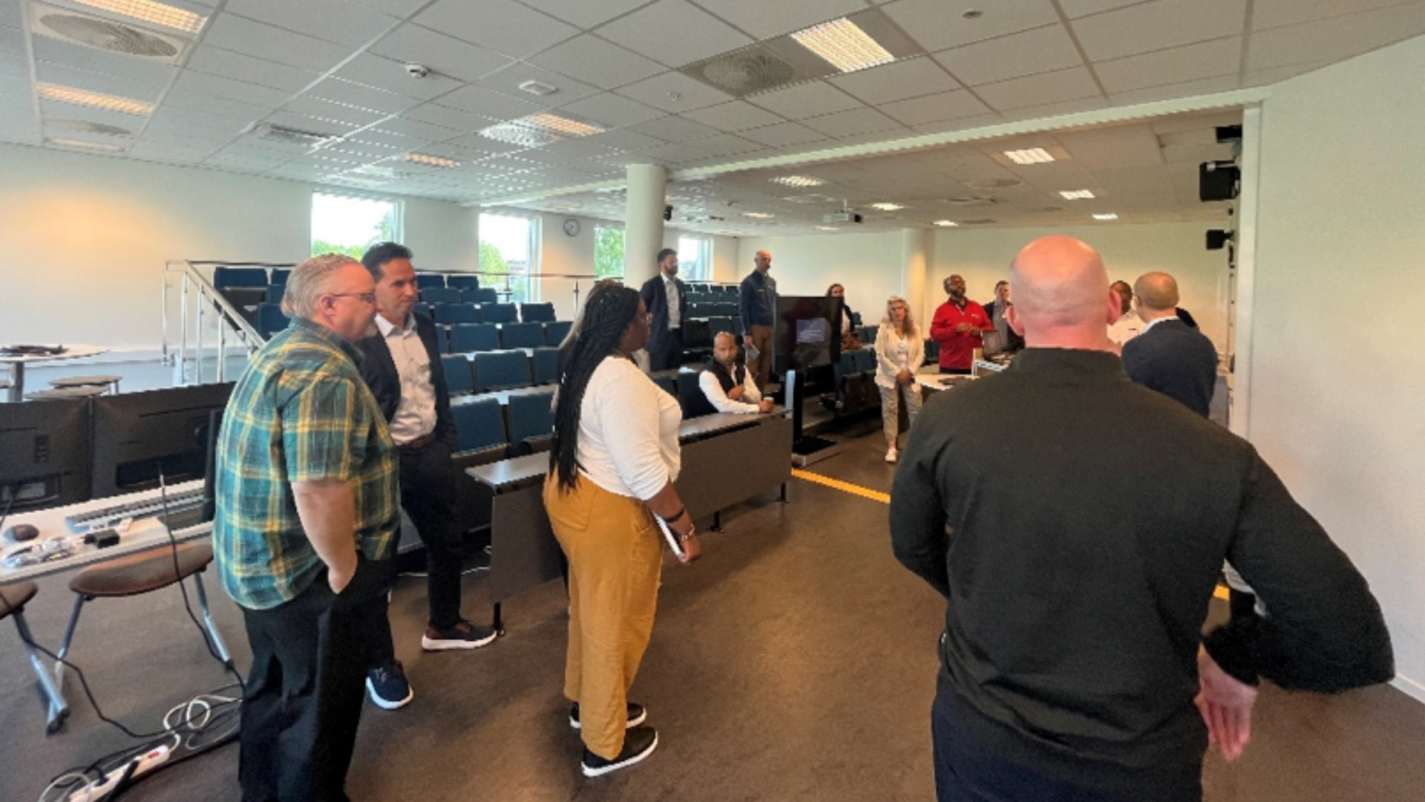
The re-entry center is a one-stop shop with government agencies inside the building, educational opportunities, a coffee shop that sells coffee from beans roasted by inmates and the formerly incarcerated, a bicycle repair shop where re-entrants work, and a bike dealership run by the Red Cross.
The comparison between the failure rate of U.S. prisons, costing American taxpayers billions every year, and the successes in both Germany and Norway begin with the premise that the punishment for those in prison is their loss of Liberty. This is why I, as a conservative, want to ensure that our prison system works to achieve its ultimate goal – public safety.
Taking away a convicted person’s liberty, an unalienable right, is a serious, but necessary tool to maintain public safety. Equally important is figuring out what put them behind bars and correcting the criminal behavior before they are reintegrated into our communities. Leaving prison better than when an individual enters is the only solution for safer communities, fewer victims, and eradicating the vicious cycle of recidivism.
